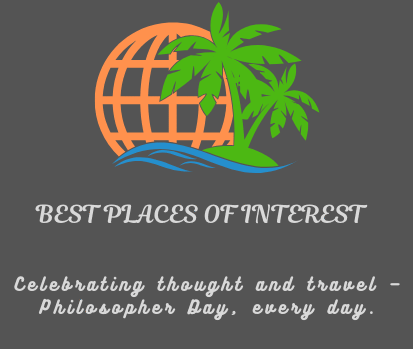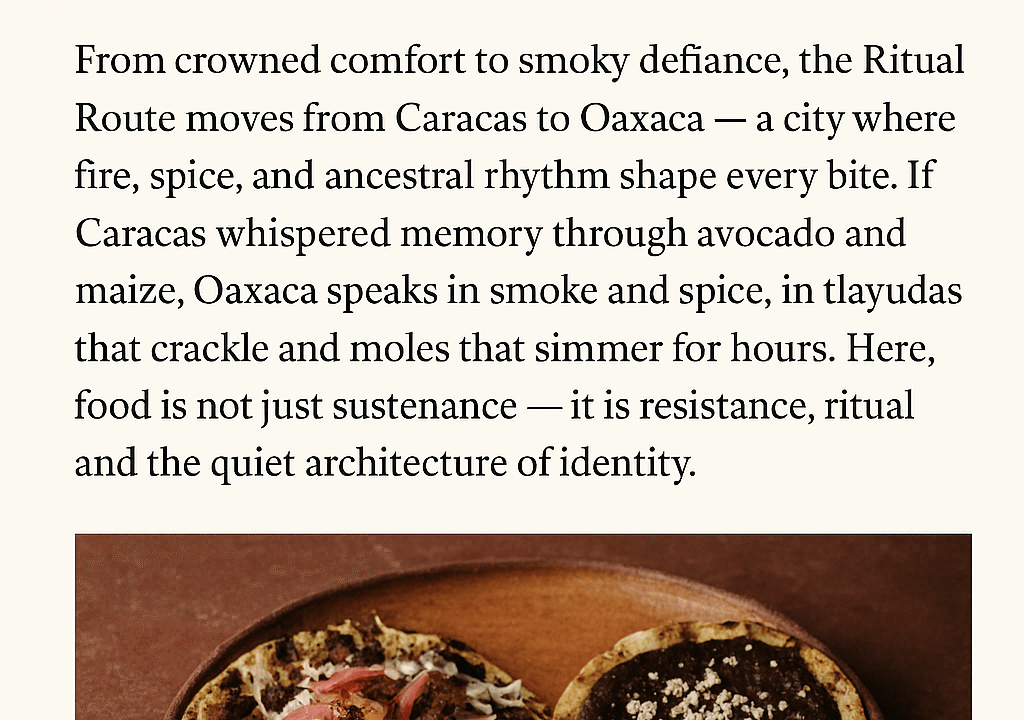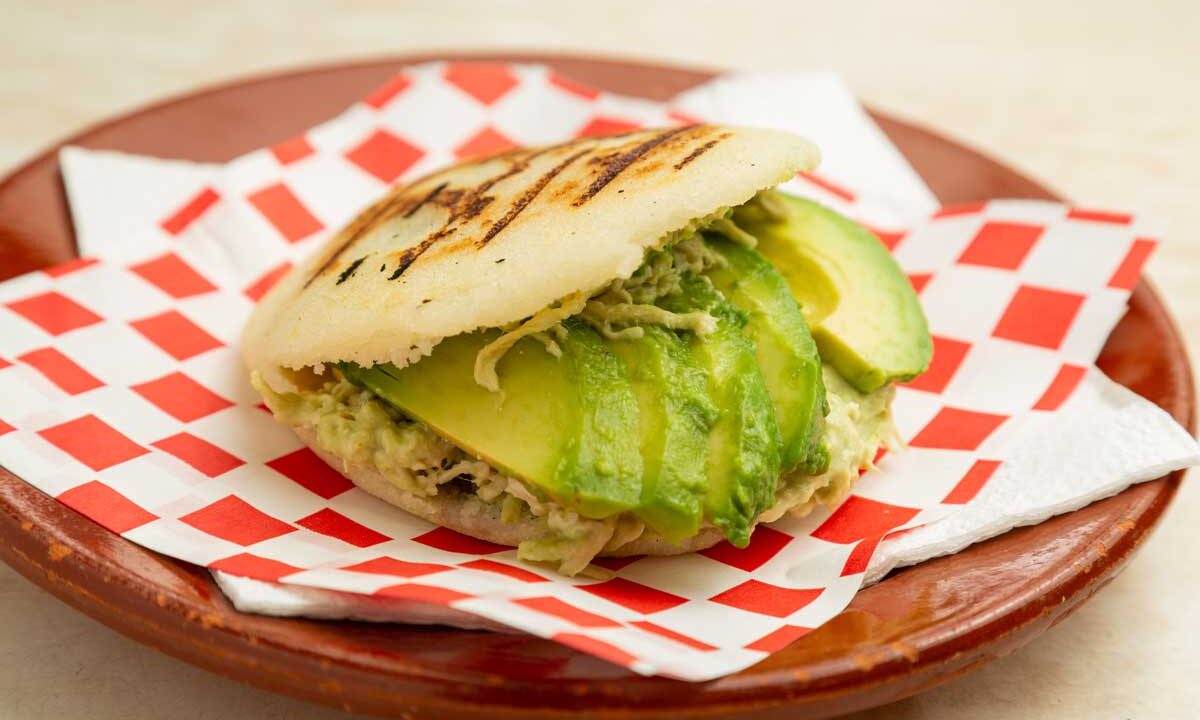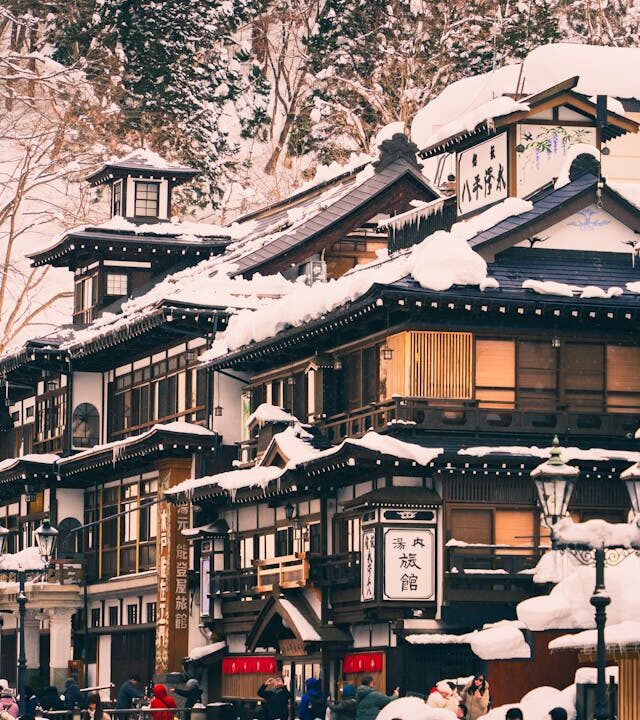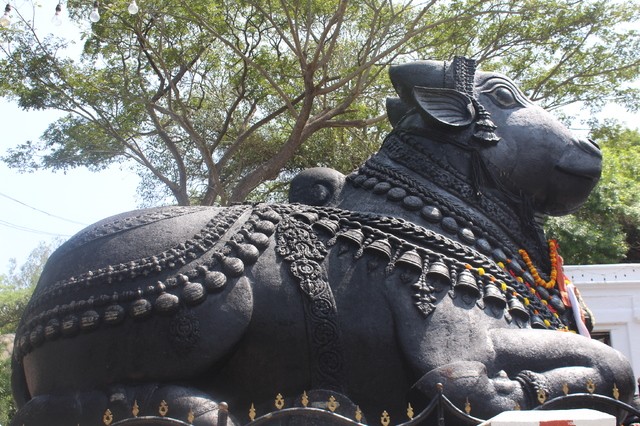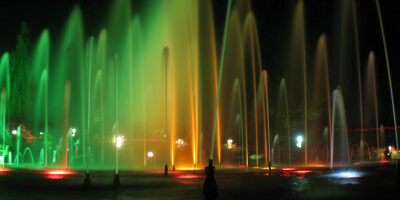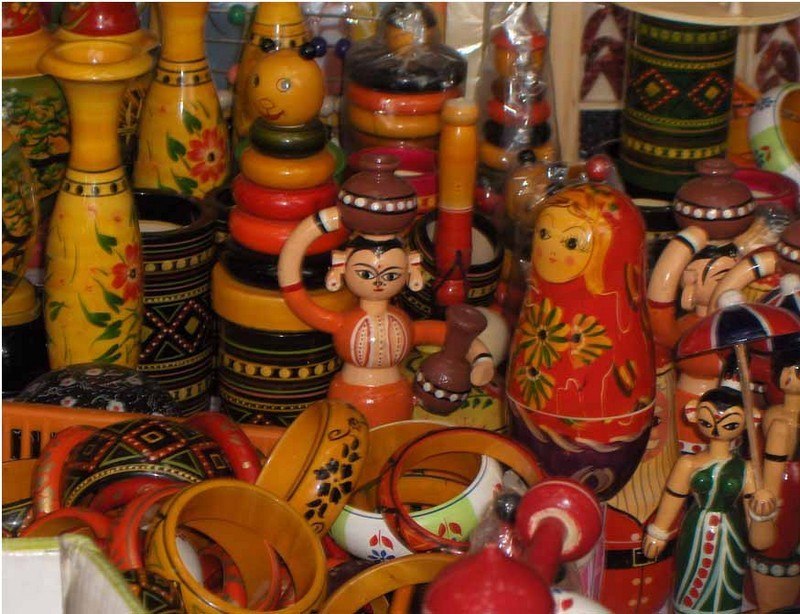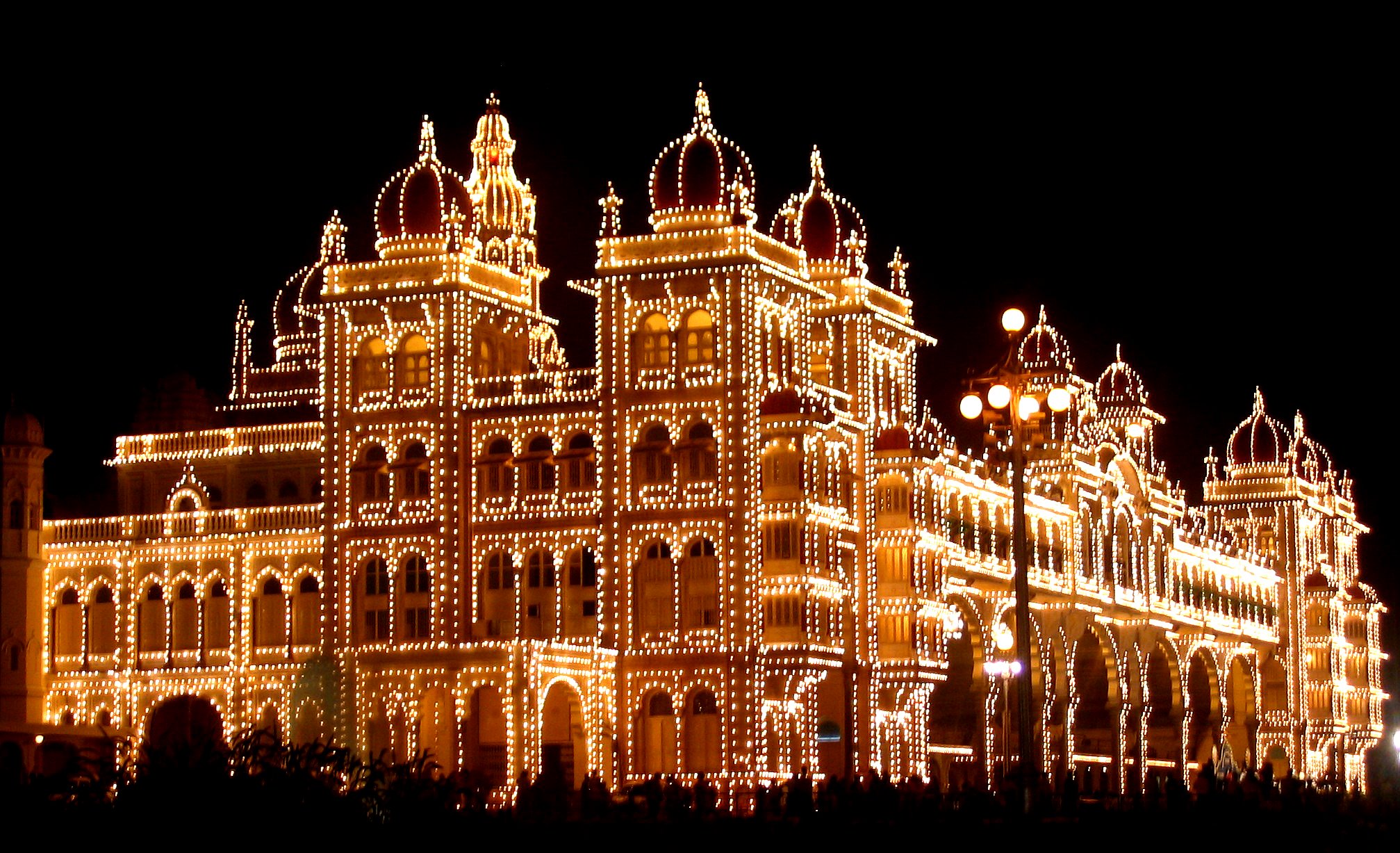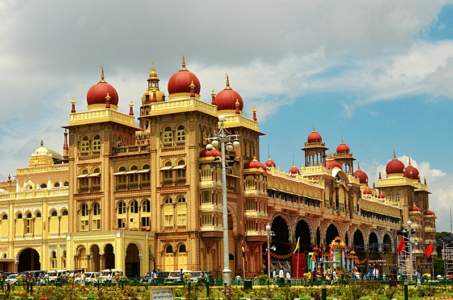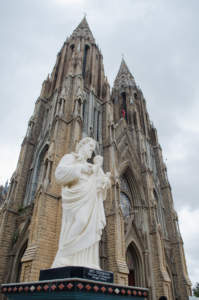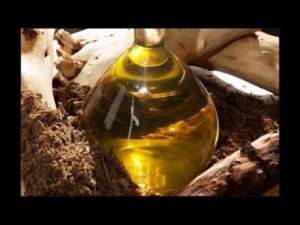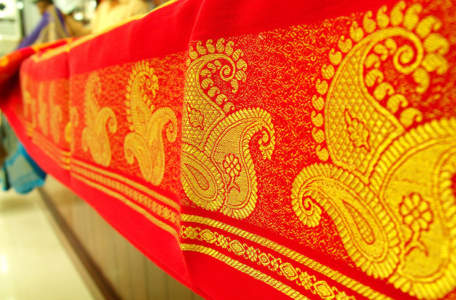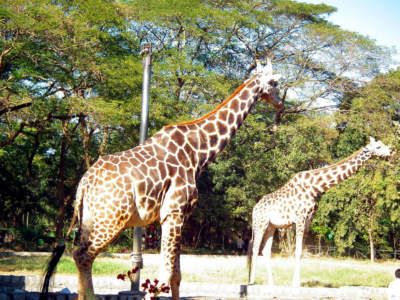Continuing from the earlier post A Travellers’ Guide to Bangalore Part 2
Chamundi Hills (1.3 km from Mysore)
The summit of this 1,150m hill commands a breath-taking view of Mysore nesting in a valley below, dotted with azure lakes and gopurams in temples. Tipu’s summer place sits graciously on the hill.
Krishnarajasagar (19 km from Mysore)
A delightful picnic spot with excellent boating facilities in the Krishnarajasagar reservoir.
The dam is an architectural marvel. Designed by Visveswaraya, capable of holding 44,000 million cubic feet of water, it was constructed in 1911, entirely out of stone without using an iota of cement. It is 2,620m long and rises 40m above the river bed. It has decorative parapets and an ornamental niche for housing a charming image of the river goddess Kaveri. The lake it created was named ‘the lake of lord Krishna’. There are 24 old inscriptions, one of them in Persian speaking of Tipu’s efforts to build a dam at the same spot.
The Brindavan Gardens are magnificently landscaped, bursting with the color of thousands of varieties of flowers interspersed with silvery fountains. Come night, and the gardens are dazzlingly illuminated, turning the little pools and fountains into kaleidoscope of brilliant colour.
Banerghatta National Park
Numerous wild animals roam freely in this densely forested, hilly area-bison, elephant, lion, baboon, panther, wild boar, all sorts of buck, jackal and lion tailed monkeys. It also has 100 species of birds, crocodiles, a crocodile farm, a serpentarium, a pets corner, a deer pen, prehistoric animal park and a curio shop. Visitors can tour the park-Mirza Hill and Hajamanakallu-command a spectacular view.
Channapatna (48 kms from Mysore)
A wonderland of the most enchanting toys. Almost every person in the town is involved in some aspect of making colourful, lacquered wooden toys. The range is delightful and each toy has some quaint touch that marks it as typically Indian. There are head shaking Indian dancers, toy acrobats, blocks, take apart toys, miniature pots and pans from the typical village kitchen and more. Also available are wooden beads, bangles, boxes and light furniture in the same vibrant colours of the toys.
This small town has an ancient temple, the Mallur Aprameyaswamy temple Channpatna was the capital of Jagadevaraya, a feudatory prince of the Vijaynagar monarchs, who built a fort there in 1580 which was later destroyed by Tipu Sultan on one of his forays.
Hope you enjoyed the three-part series to Bangalore and Mysore.
